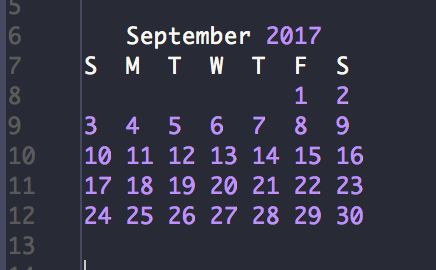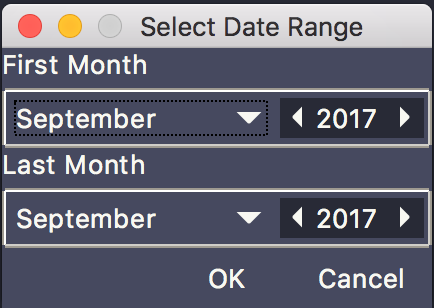A new trick that TKE version 3.3 learned was how to move files/directories within the sidebar via drag and drop and how to allow manually sorting of files/directories within the sidebar using the same technique. In the past, you could always move a file or directory to a new location by selecting the item in the sidebar, right-clicking to display the contextual menu, select the rename option, and proceed to change the name or even the entire pathname of the file. This method of renaming still exists; however, there is now a simpler way to do this using the mouse.
Moving Files And Folders
To move a file or folder from one location in the sidebar to another, simply left-click on the item or items to move and then drag them to the new location in the sidebar. The TKE sidebar has support for spring loading folders while items are being dragged. Just move the cursor over a closed folder for a second while the left button is still pressed and the folder will automatically open, allowing you to continue delving down into the file system to find the destination folder to drop the items into. Additionally, if the destination folder is not currently in view in the sidebar, dragging files to the top or bottom of the sidebar will cause the sidebar to autoscroll. Nifty.
Manually Sorting Contents In A Folder
Pretty intuitive so far, right? Well, what can I do if I want to place the dragged items into a specific order within a folder? Perhaps I want a dragged item to be placed at the top of the destination folder’s contents instead of sorted alphabetically. Well, TKE has your back there, too.
First, you need to enable manually sort for the folder. To do this, select the folder, right-click to bring up the folder’s contextual menu, and select the Sort / Manually option. Nothing will immediately happen in the user interface; however, TKE will create a file within directory called “.tkesort”, storing the current order of the items in the directory. After that selection has occurred, you will be able to drag and drop items within the folder and TKE will remember the manually sorted order of those items, even between TKE sessions. Super simple.
Other Sorting Odds And Ends
In addition to the Manual sorting option, you can revert back to sorting by name at any time by selecting the “Sort / By Name” option in the directory’s contextual menu. TKE will not destroy the .tkesort file that exists in the directory, so switching back to manual sorting will revert the sorted state of the folder back to its original view if manual sorting is reselected in the future.
When a folder is sorted by name, you can sort it alphabetically or in reverse alphabetical order by selecting the “Sort / Increasing” or “Sort / Decreasing” options.
And that’s how the sidebar in TKE became your new best friend 🙂
To see more information and download your copy of the TKE code editor, visit http://tke.sourceforge.net.











